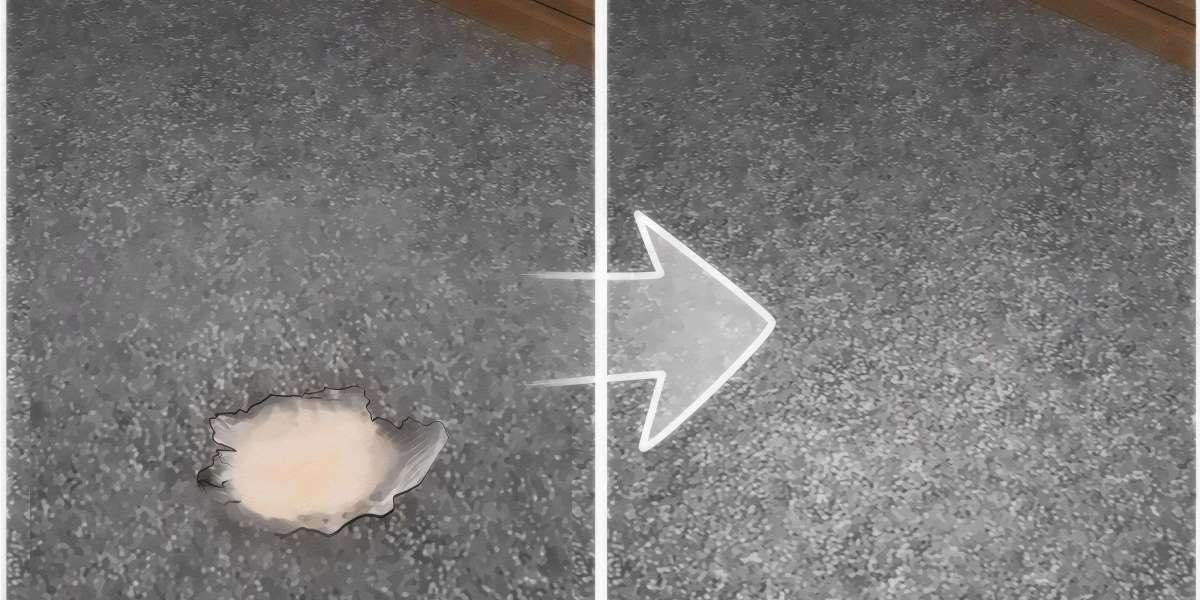A hole in your carpet can be an eyesore, detracting from the overall beauty and comfort of your home. Whether it’s from furniture legs, pet claws, or an unfortunate accident, a hole does not mean you need to replace your entire flooring. With the right carpet repair techniques, tailored to the needs of homes, you can restore your carpet’s beauty and extend its life, saving both time and money. Here’s how to tackle carpet repair in Melbourne or your local city and breathe new life into your flooring.
Assess the Damage
The first step in any repair process is assessing the extent of the damage. The size and location of the hole will determine the best approach for repair. Smaller holes can often be fixed more easily than larger ones, but both are manageable with patience and the right tools.
Gather Your Tools and Materials
Before you begin, ensure you have all the necessary tools and materials on hand. For most carpet hole repairs, you will need:
A sharp utility knife
Replacement carpet patch (ideally from leftover carpet or a hidden area of the room, like a closet)
Double-sided carpet tape or strong carpet adhesive
Scissors
A heavy object to press down on the patch
Step-by-Step Repair Guide
Step 1: Prepare the Area
Clear any debris and vacuum around the hole to ensure a clean working area. This will help the new patch to adhere better and blend more seamlessly with the surrounding carpet.
Step 2: Cut Out the Damaged Section
Use the utility knife to carefully cut out the damaged section of the carpet. Aim to make the hole as regular in shape as possible (a square or rectangle works best) to simplify fitting the patch.
Step 3: Cut the Replacement Patch
Take your replacement carpet piece and cut it to fit the hole you’ve just created. It’s crucial that the patch is slightly larger than the hole, as you can always trim it down for a perfect fit. Ensure the carpet fibers of the patch are aligned in the same direction as the rest of the carpet.
Step 4: Apply the Adhesive
Place double-sided carpet tape around the edges of the hole, ensuring it does not overlap into the area where the patch will sit. If using carpet adhesive, apply a thin layer around the perimeter of the hole.
Step 5: Insert the Patch
Carefully place the patch into the hole, making sure it fits snugly and the carpet fibers blend with the surrounding area. Press down firmly to secure the patch in place.
Step 6: Blend and Secure
Use your fingers or a comb to blend the edges of the patch with the existing carpet fibers. Place a heavy object over the patched area for a few hours to ensure the adhesive bonds well.
Tips for a Seamless Repair
Always use a patch that matches the existing carpet as closely as possible in color and texture.
For complex or larger repairs, consider seeking professional help. Experts in carpet repair in Clyde North or other cities have the skills and tools to achieve a seamless finish.
Regular maintenance, including vacuuming and prompt attention to spills, can prevent further damage and extend the life of your carpet.
Conclusion
Repairing a hole in your carpet is a practical and cost-effective way to restore your flooring’s appearance and functionality. By following these steps and using the right techniques for carpet repair, you can achieve a repair that’s virtually undetectable, ensuring your carpet continues to provide comfort and beauty to your home for years to come.







